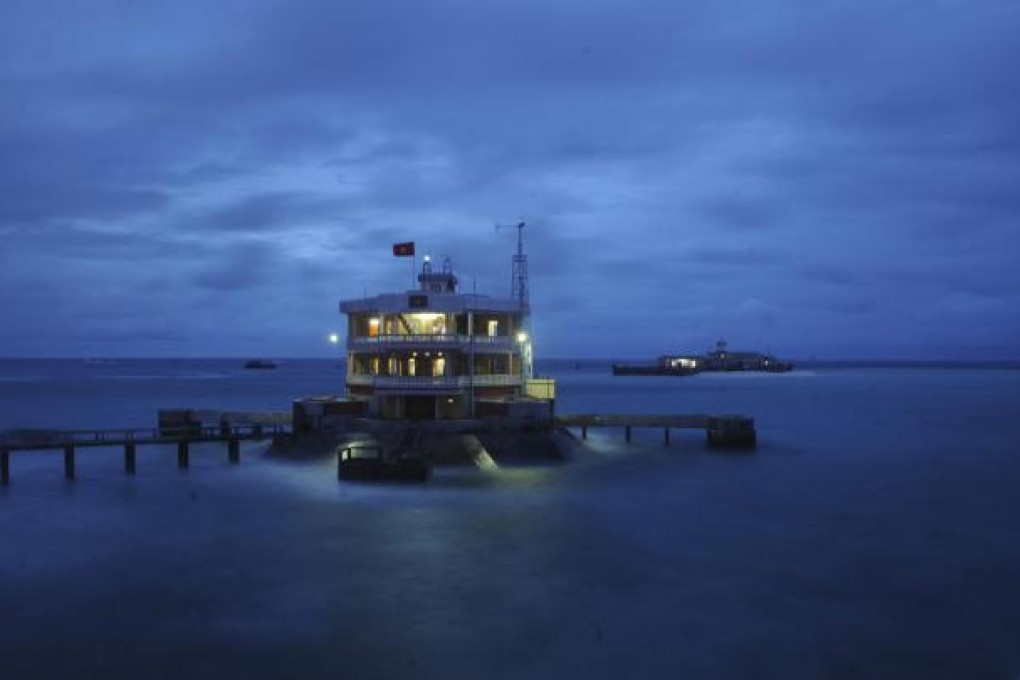Spratly Islands dispute defines China-Vietnam relations 25 years after naval clash
25 years after China's naval clash with Vietnam at Johnson Reef, a second military battle is seen as unlikely - but Beijing's ambitions are growing

The 25th anniversary this past week of the naval clash between China and Vietnam in the Spratly Islands is not merely cause to reflect on history; it speaks to one of the more disturbing contingencies in the South China Sea now exercising minds in the region.
The 1988 clash at Johnson Reef saw Chinese naval frigates sink two Vietnamese ships, leaving 64 sailors dead - some shot while standing on a reef - and remains a point of friction between the two nations. But its broader significance lies in the strategic nature of the operation.
The battle's aftermath saw China take and secure its first six holdings in the Spratlys - fortifications that remain important today, with one at Fiery Cross reef housing an early warning radar. Fourteen years earlier the PLA navy had routed the South Vietnamese navy to complete its occupation of the Paracels to the north - islands being built up into a formidable military base.
At some point, some analysts note, China might want to secure the rest of the Spratlys as its maritime power grows - a reflection of Beijing's sovereign claims to the South China Sea as well as the strategic value of the archipelago, which straddles some of the world's most important sea lanes and sits atop rich oil and gas reserves and fish stocks. That remains a source of constant worry for military planners in Hanoi.
Privately, PLA officials and Chinese scholars talk frankly of potential friction over Vietnam's 25 fortified holdings in the Spratlys - far more than any other claimant and running loosely in a band from the southwest to the northeast. Many were built in a frenzy of Vietnamese activity in the months after the clash.
It is not just a question of Chinese sovereignty, they say; the holdings might one day be used to contain China, as Vietnam's own naval development continues and its ties with the US and its allies deepen.
"The Vietnamese must know that we will never allow them to even attempt to contain us through those bases," one PLA strategist said.